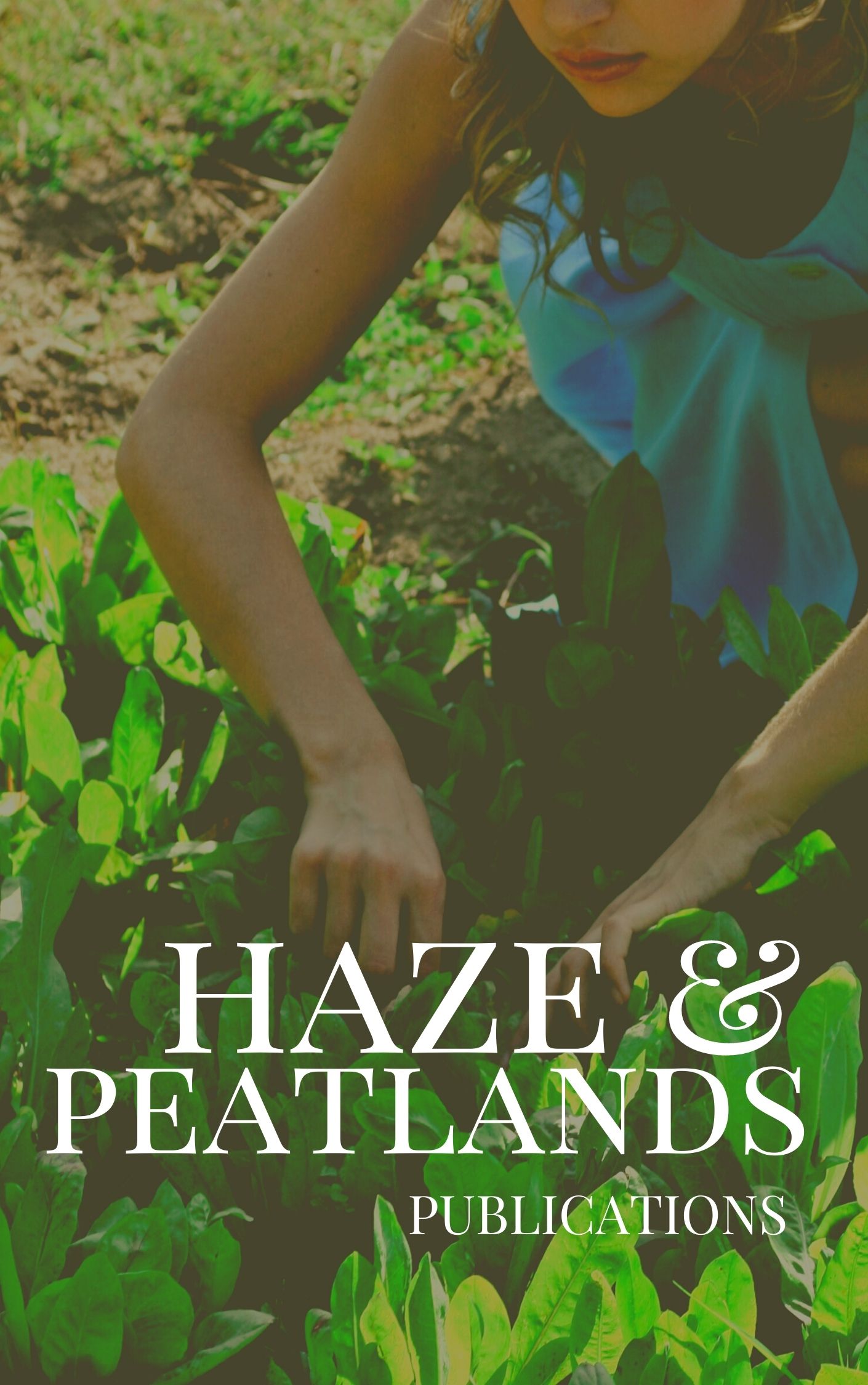The annual peat fire disasters have suffered human life, deteriorated peat land ecosystems, and caused severe economic losses in Indonesia, Malaysia, Brunei, and Singapore during a period of 2014-2016. The objective of this study is to investigate to what extent the weather modification technology (WMT) may play its roles in increasing the precipitation rates in order to mitigate the peat fires disaster in Bengkalis, Riau Province, Indonesia. The study obtained the precipitation rates data from the tropical rainfall measuring mission (TRMM) satellite during the period of 2014, 2015 and 2016. The data then statistically analyzed using the Grads software package. While the process of WMT at the designated research location was evaluated together between the Artificial Rain Unit of BPPT (Agency for the Assessment and Application Technology), and the Engineering Faculty, University of Riau, 2016. The research showed that the WMT increased the rainfall rates during the dry season within the study area by 8% (520.7 mm to 557 mm) in the 3 months period (July 14-October 6, 2016), and reducing significantly hotspots by 88.6% from 6.725 in 2014 to 770 in 2016. Hence, it confirmed that the application of technical WMT procedures may increase precipitation rates and reduce the number of hot spots in Bengkalis. © Published under licence by IOP Publishing Ltd.
View source

